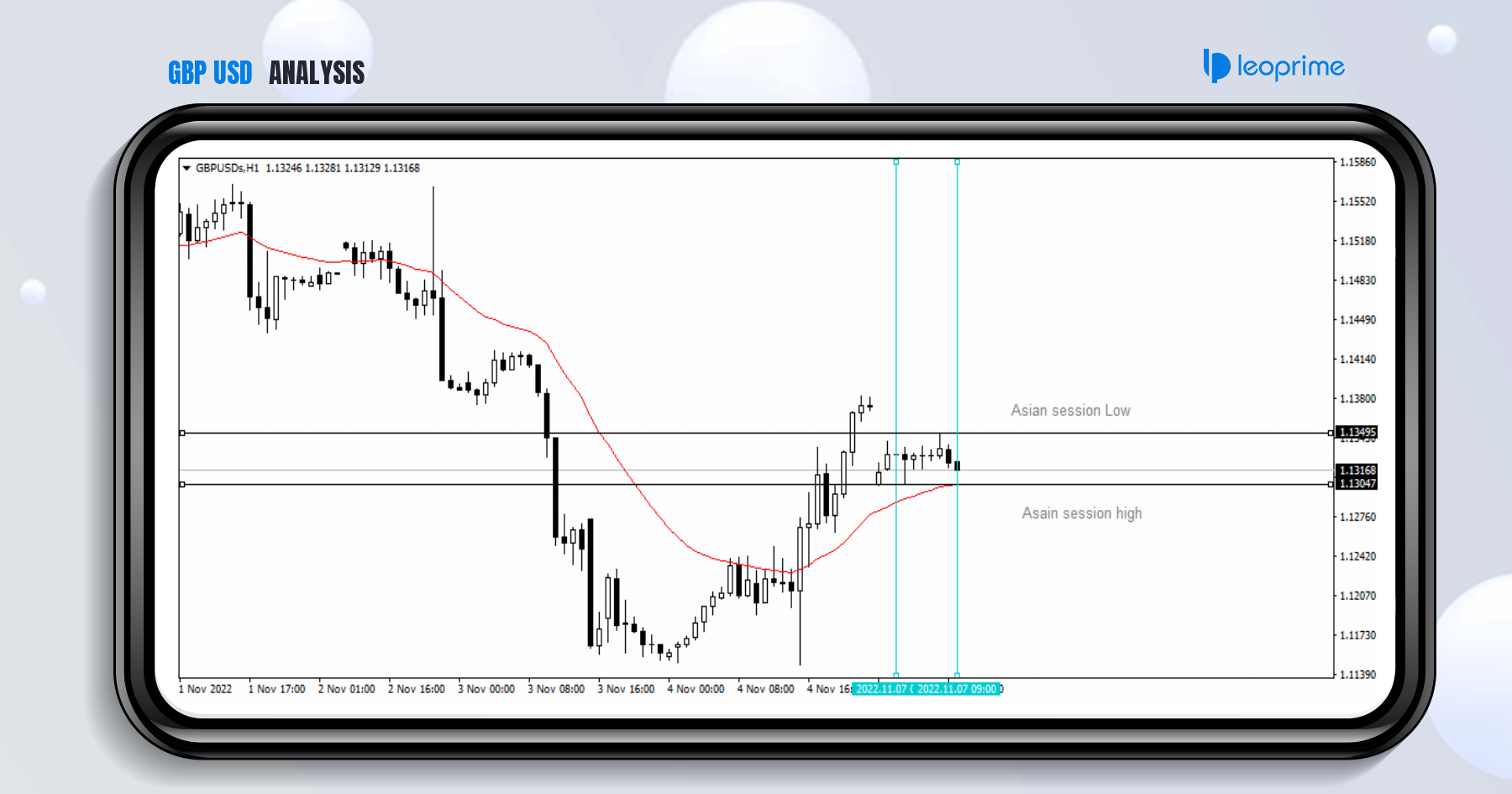The UK parliament rejected a no-deal Brexit on Thursday evening. This leads to speculation that the UK might formally ask the EU for an extension to the March 29 Brexit deadline, putting further uncertainty into the UK’s exit from the EU. However, the news sent the British pound surging.
The eurozone’s industrial production figures improved as activity expanded at a pace of 1.4% on a month over month basis in January. This beat expectation of a 1.0% increase. And, the January’s gains reversed the declines of 0.8% in December.US
Data from the U.S. showed core durable goods orders falling 0.1% against estimates of a 0.1% increase. Meanwhile, headline durable goods orders rose 0.4% against estimates of a 0.5% decline. The durable goods orders rose for a third consecutive month in January. But, the pace of increase was slower compared to that of December at 1.3%.
Producer prices index data showed a 0.1% increase compared to estimates of a 0.2% increase. Core PPI was up 0.1% again, missing estimates of a 0.2% increase for February. Construction spending was up 1.3% in January, beating conservative estimates of a 0.4% increase. This was up from a 0.8% decline from the month before. The US dollar, however, traded weaker despite the strong economic reports.The European trading session will see the release of the final monthly CPI figures from Germany. Economists forecast that inflation will rise 0.5% on the month, the same as the flash estimates. French inflation is due later today, and we expect it to show an unchanged print.
The NY trading session will see the release of the import price data. Import prices are expected to rise 0.3% on the month, following a 0.5% decline previously. This is later followed by the new home sales report which is expected to show a modest increase of 622k, up from 621k previously.









